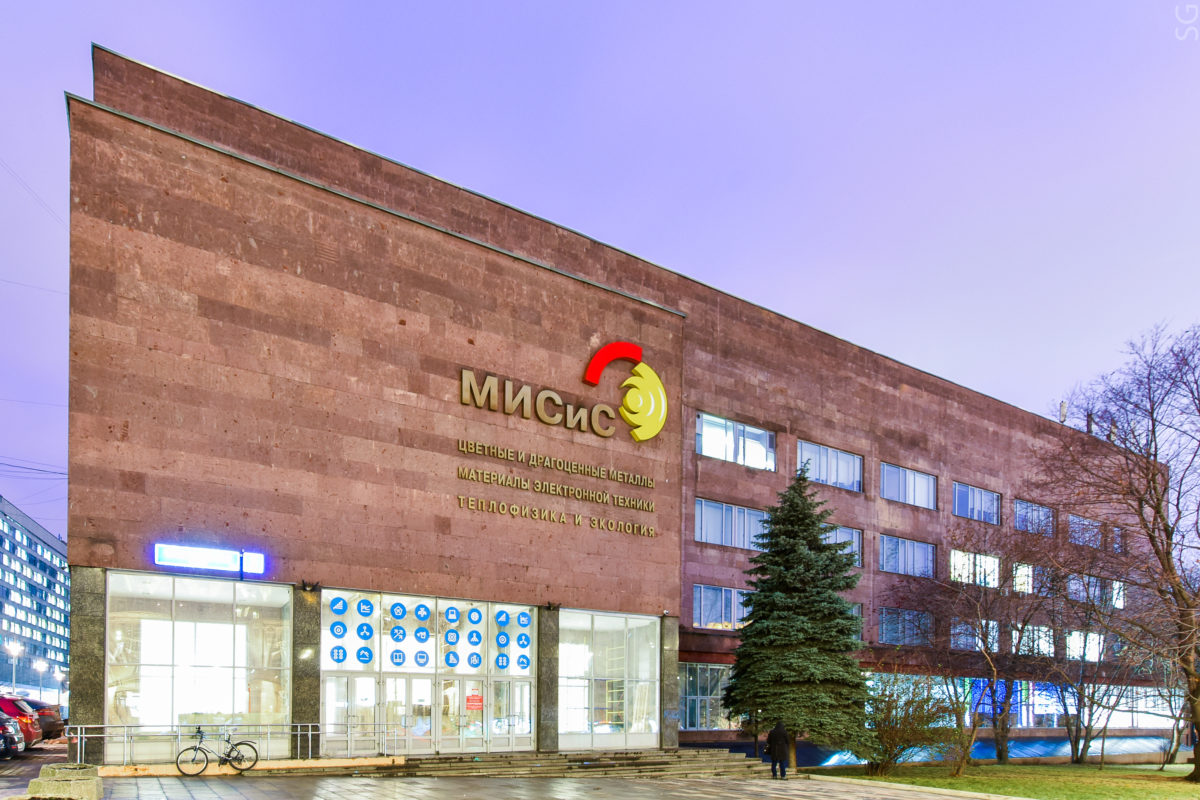A paper by scientists at Russia’s National University of Science and Technology (NUST MISIS) and Rome’s Tor Vergata University has outlined how MXene, a two-dimensional titanium carbide, can provide a performance boost of as much as 25% in perovskite solar cells.
The scientists said the MXene reduces losses as electrons move between the absorber and electrode layers in a cell. “We discover that MXenes, owing to their unique two-dimensional structure, can be used to tune surface properties of perovskite, permitting a new optimization strategy for this III-generation solar cell,” said Aldo di Carlo, professor of optoelectronics and nanoelectronics at the University of Rome.
The experiments, described in the paper Titanium-carbide MXenes for work function and interface engineering in perovskite solar cells, published in Nature Materials, tested several different device structures incorporating MXenes in different parts of the cell. When the devices were measured against reference cells without MXene the group found the most efficient configuration had the materials integrated into all layers and at the interface between them.
Efficiency gain
Popular content
“To enhance the efficiency of perovskite solar cells we need to optimize the device structure and master interface and bulk properties of each single layer to improve the process of charge extraction to the electrodes,” said NUST MISIS researcher Danila Saranin. “Together with our Italian colleagues we performed a series of experiments by incorporating a microscopic amount of MXenes in the perovskite solar cell. As a result, we achieved increase of the efficiency for devices by more than 25% compared to the original prototypes.”
The researchers say they will now work on stabilizing the MXene perovskite devices and further increasing performance. They are confident the devices can be scaled up for commercial application. “The main result of this work is identification of changes in the electrical properties of semiconductors caused by [the] introduction of MXenes,” said Anna Pazniak, a NUST MISIS scientist who worked on the paper. “Hence, this new nanomaterial possesses great potential for … use in large scale production.”
This content is protected by copyright and may not be reused. If you want to cooperate with us and would like to reuse some of our content, please contact: editors@pv-magazine.com.



By submitting this form you agree to pv magazine using your data for the purposes of publishing your comment.
Your personal data will only be disclosed or otherwise transmitted to third parties for the purposes of spam filtering or if this is necessary for technical maintenance of the website. Any other transfer to third parties will not take place unless this is justified on the basis of applicable data protection regulations or if pv magazine is legally obliged to do so.
You may revoke this consent at any time with effect for the future, in which case your personal data will be deleted immediately. Otherwise, your data will be deleted if pv magazine has processed your request or the purpose of data storage is fulfilled.
Further information on data privacy can be found in our Data Protection Policy.